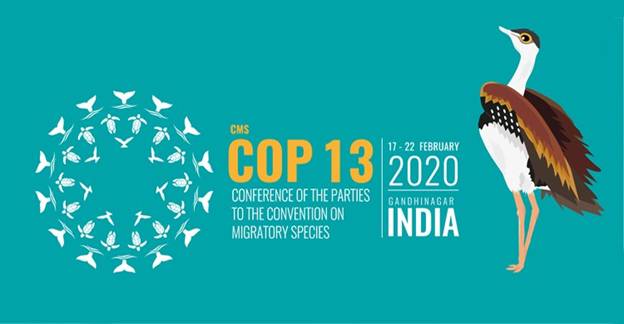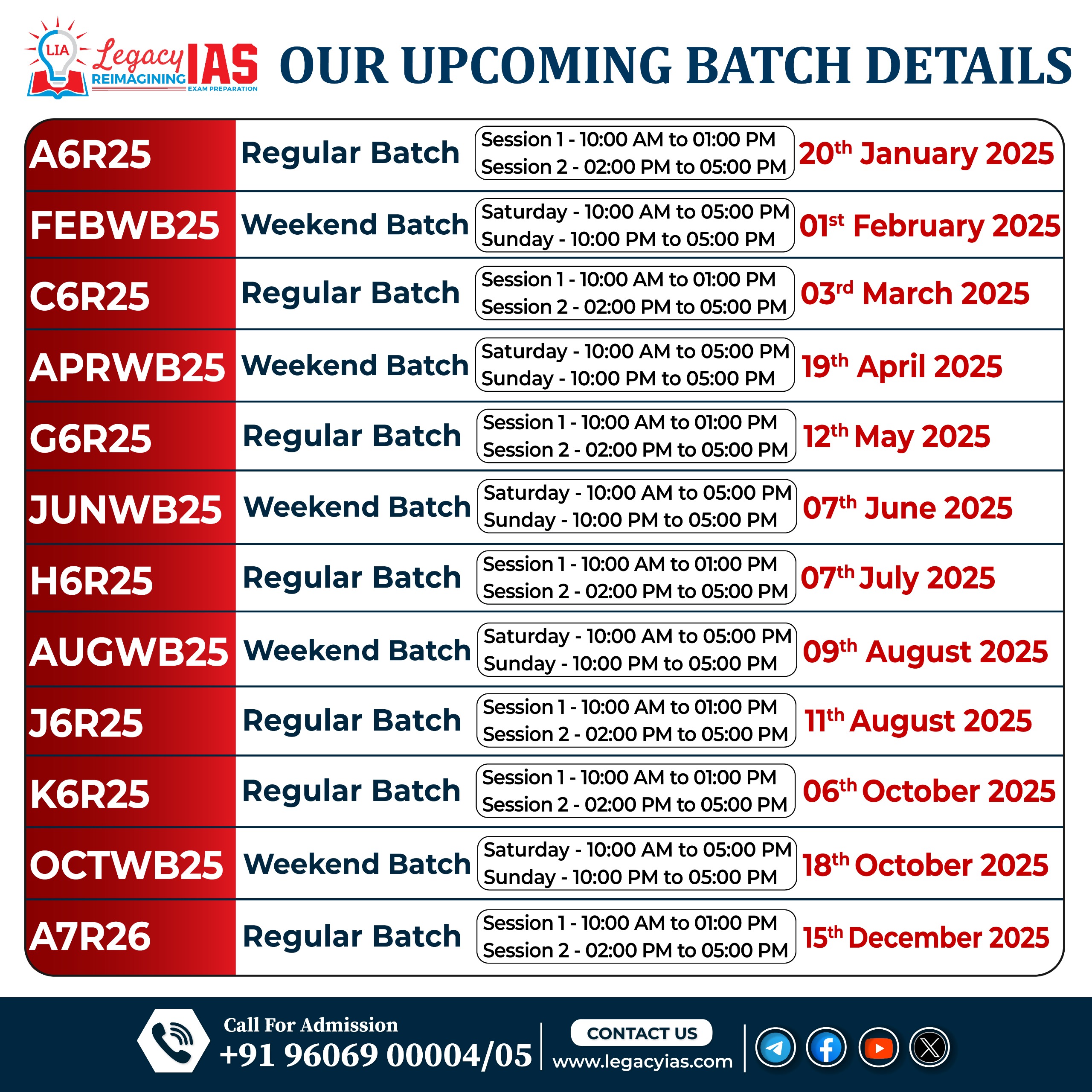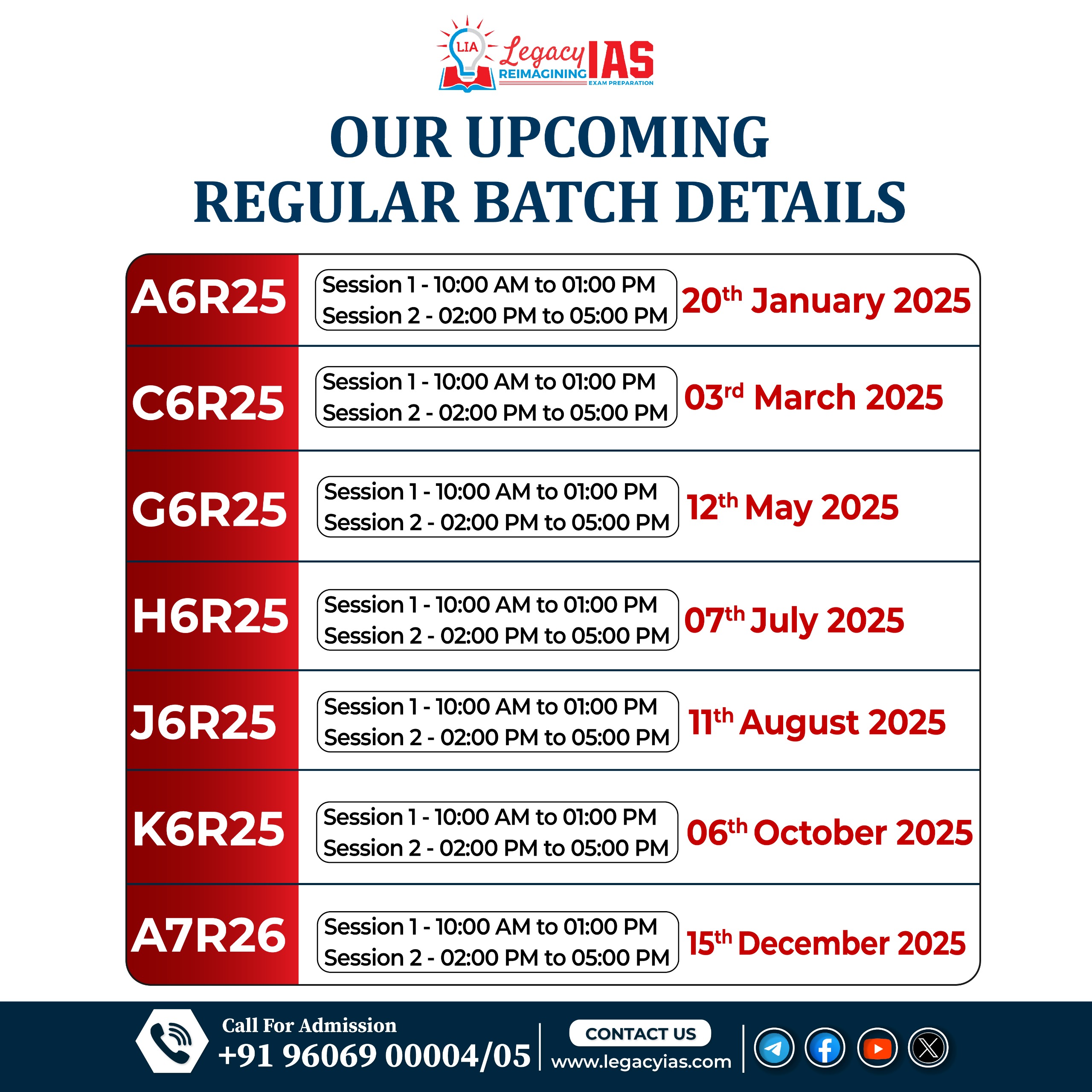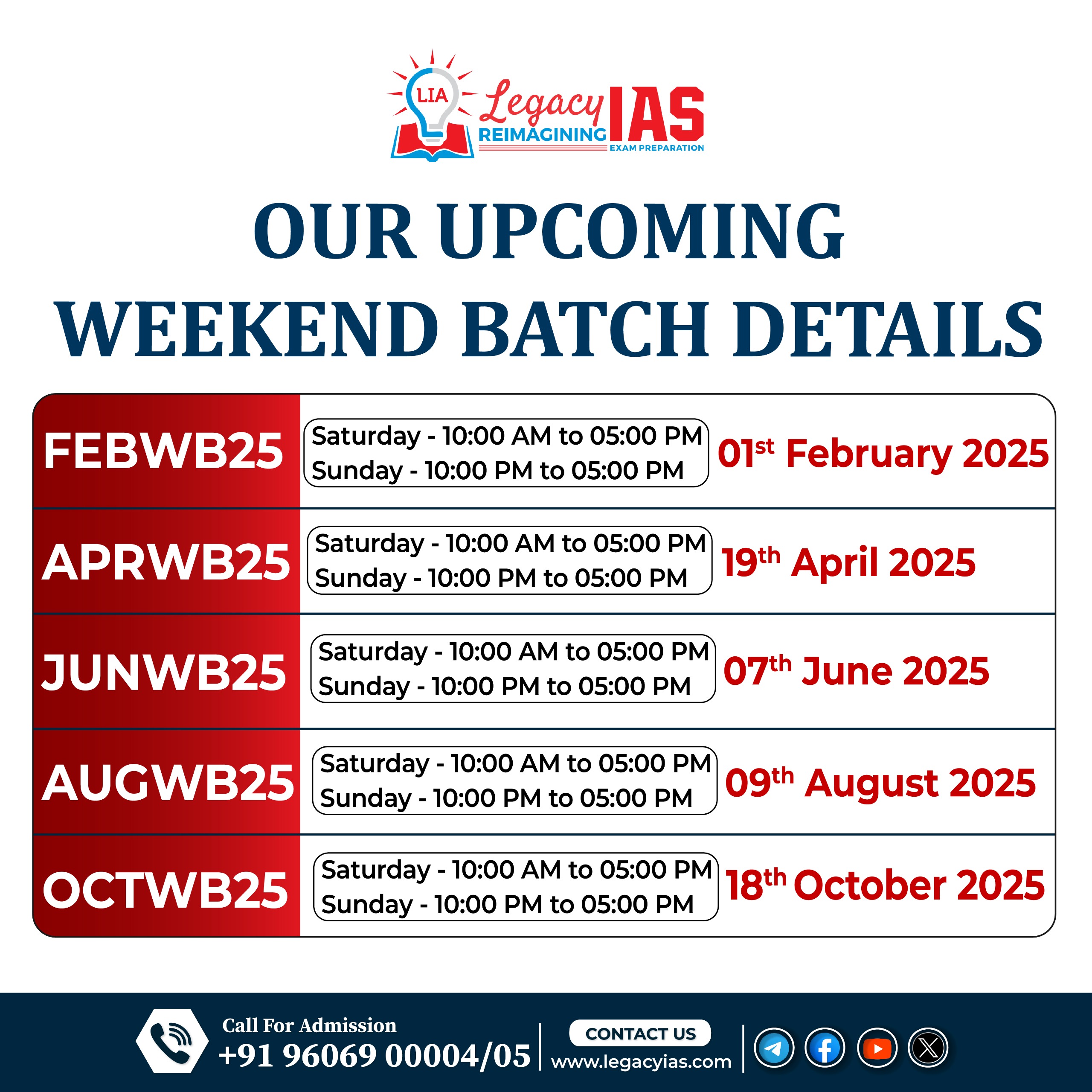Contents:
- Extraction of Groundwater
- Godavari and Kaveri River Linking Project
- Web Portal Launched for Star Rating of Mines in India
- Prime Minister Narendra Modi to inaugurate the key UN Summit on migratory species
EXTRACTION OF GROUNDWATER
- Periodically assessed jointly by Central Ground Water Board (CGWB) and State Governments
- As per the 2017 assessment, total Annual Ground Water Recharge is 432 Billion Cubic Meter (BCM) and the Annual Extractable Ground Water Resource is 393 BCM.
- The Annual Ground Water Extraction for all uses is 249 BCM, out of which 221 BCM (89%) is for irrigation use and 25 BCM (10%) is for domestic uses.
- Out of the total 6881
assessment units (Block/ Taluks/ Mandals/ watersheds/ Firkas) in the
country, 1186 units in 17 States/UTs have been categorized as
‘Over-exploited’ where the Annual Ground Water Extraction is more than
Annual Extractable Ground Water Resource.
India receives annual precipitation of about 3880 BCM (Billion Cubic Metre). - After accounting for evaporation and evapo-transpiration etc., the average annual water availability in the Country has been assessed as 1999.20 BCM as natural run-off.
- It has been estimated that owing to topographic, hydrological and other constraints, the utilizable water is 1122 BCM which comprises of 690 BCM of surface water and 432 BCM of total annual ground water recharge.
- The Country has an estimated live storage capacity of 257.812 BCM.
GODAVARI AND KAVERI RIVER LINKING PROJECT
- The draft Detailed Project Report (DPR) of Godavari(Inchampalli / Janampet) – Cauvery (Grand Anicut) link project consisting of 3 links viz., Godavari (Inchampalli/Janampet) – Krishna (Nagarjunasagar), Krishna (Nagarjunasagar) – Pennar (Somasila) and Pennar (Somasila) – Cauvery (Grand Anicut) link projects has been completed by National Water Development Agency (NWDA)
- As per the draft DPR, about 247 TMC can be diverted from Godavari river to Nagarjunsagar dam(through lifting) and further south for meeting the demands of Krishna, Pennar and Cauvery basins.
- As per the draft DPR, the cost of the project has been estimated as Rs.60361 Crore at 2018-19 price level by NWDA.
WEB PORTAL LAUNCHED FOR STAR RATING OF MINES IN INDIA
- In order to promote green, safe and sustainable mining practices using technology as a tool, Ministry of Coal (MoC) has launched a web portal for star rating of coal mines.
- Based on the star ratings obtained through a well-defined mechanism on this web portal, the highest scoring mines in the country will be awarded in a public ceremony
- All the mines will be given an official certificate by the CCO mentioning their star rating and the particular reporting year.
- The mines that score from 91 to 100% will get 5 star, 81 to 90% 4 star, 71 to 80% 3 star, 61 to 70% 2 star, 41 to 60% 1 star and mines that score from 0 to 40% will get No star on the portal as per laid down procedures of the Star Rating Policy for Coal Mines in India.
- This policy envisages 50 evaluation parameters in Opencast Mines and 47 in Underground Mines as star rating criteria
PRIME MINISTER NARENDRA MODI TO INAUGURATE THE KEY UN SUMMIT ON MIGRATORY SPECIES
- The 13th Conference of Parties (COP) of the Convention on the Conservation of Migratory Species of Wild Animals (CMS), an environmental treaty under the aegis of United Nations Environment Programme, is going to be hosted by India during 17th to 22nd February 2020 at Gandhinagar in Gujarat.
- India shall be designated the President for the next three years.
- The Government of India is Signatory to the Convention on Conservation of Migratory wild Animals (CMS) since 1983
- The Government of India has been taking necessary actions to protect and conserve migratory marine species. Seven species that include Dugong, Whale Shark, Marine Turtle (two species), have been identified for preparation of Conservation and Recovery Action Plan.
- The Theme is Migratory species connect the planet and we welcome them home.

- “The CMS COP 13 logo is inspired by ‘Kolam’, a traditional artform from southern India.
- In the logo of CMS COP-13, Kolam art form is used to depict key migratory species in India like Amur falcon, humpback whale and marine turtles.
- The mascot for CMS COP13, “Gibi – The Great Indian Bustard” is a critically endangered species which has been accorded the highest protection status under the Wildlife Protection Act, 1972
- The Indian sub-continent is also part of the major bird flyway network, i.e., the Central Asian Flyway (CAF) that covers areas between the Arctic and Indian Oceans, and covers at least 279 populations of 182 migratory water bird species, including 29 globally threatened species.





